New Departures
Our year began as it has the last 12 years with Mark, fully vaccinated, returning to Cordova, AK in late February. Mark was unable to do his annual drive to Alaska this year due to the Canadian border being closed to Americans, and vice versa, and had to fly instead. In addition to not getting his winter buzz driving up he would not have a vehicle to help get Tamara ready for a summer of cruising.The positive side is that he has a number of younger friends, 50 year olds, who often assist him and help with the loan of a vehicle or others driving him to a few places.
Nancy flew up May 4th and a few days later, as we were about to depart for our summer cruise, Andy, a friend ours, came over and asked if we'd like to invest in a tug boat. Over the past years Mark has gotten to know Andy well and shown interest in Andy's 80 year old wooden tug, Oswell Foss, that he has used in his marine emergency response, pollution control and salvage work for more than 10 years. The insurance underwriters had just informed Andy that they would no longer cover the 80 year old classic wooden tug and Andy had been looking for another tug to replace the Oswell Foss. The 75' Oswell Foss, the last wooden tug built by the famous Puget Sound Foss tug and barge family is indeed a great classic. Built just before WWII, it saw extensive service towing oil barges to Hawaii and tending submarine nets. It is powered by an enormous direct-reversible (no reverse gear) 8 cylinder-in-line Atlas marine diesel engine that red-lines at 275 RPM.
Although in many ways the Oz, as we call it, is in better condition than ever, with much quite up to date equipment, and well maintained by skilled West Coast wood ship rights, underwriters have finally decided to not cover such vessels for commercial service. It is quite possible that the Oz will become a centerpiece of the Foss museum in Tacoma, and will be preserved in her current working condition.
Coincidentally, a recent change in USCG inspected towing vessel regulations had rendered obsolete many working tugs. As a consequence there were several on the market, and fortunately the new rules do not apply to the type of work that was intended. Salvage and assistance towing of disabled vessels is exempt. The tug would not handle barges except small oil spill recovery barges that are also exempt. So Nancy, Andy and Mark boarded a plane with a mountain of luggage that included an inflatable dinghy, dive gear, hand-held radios, computer chart plotter, satellite phone, life jackets, etc, but very few personal effects, flew to Seattle, piled the gear into a tiny rental car, and drove to the site of the marine construction company offering the tug Betty. Within 10 days of arriving in Tacoma we had purchased, fueled, provisioned and equipped the tug Betty, and with Andy's son Leo to help stand watches we were on our way north for the 1,500 mile trip through Canada to deliver her to Cordova. Within a few days of arriving in Cordova Betty was off on her first job.
The purchasing of the tug delayed our departure from Cordova on Tamara until mid-June. This season we limited our cruising to Prince William Sound so the delay didn't alter our plans. Our summers now followed the same pattern of visiting favorite anchorages, finding new ones and revisiting some that we haven't visited for many years. While our friends in Port Townsend were having one of the hottest and driest summers on record, Prince William Sound was having one of it's wettest. When there was a break in the rain we'd not hesitate to jump in the dingy or kayak and explore. Fortunately we have a large supply of books and movies onboard. And the Sound's cell phone coverage has greatly improved, making communications easier.
Nancy flew back to Port Townsend the end of August wanting to get in some backpacking while the weather was good. She did two 5 day/4 night hikes on her own, both in the Olympic Mountains. She's planning another long distance hike along the Continental Divide Trail (CDT) in southern Colorado next August. Mark has graciously offered to re-supply her along the way.
Mark returned the end of September and, wanting to see some of the NW's fall colors, we took a short camping trip into the North Cascades. We were lucky to enjoy some of the last of the colors, though the night's were quite cold. Nancy hiked up to Cutthroat Pass from the North side, having hiked it on the PCT from the south.
Having each gotten our COVID booster shots, we determined to set off on a road trip through northern Montana to just over the North Dakota border to visit an old trading post. Once out of the Rocky Mountains, we began to see, on a regular basis, trucks delivering parts for wind farms, now a major source of energy in Montana.
Fort Union was established in 1826 by John Jacob Astor's American Fur Trade company. At the strategic confluence of the Yellowstone and Missouri rivers, Fort Union was one of the most important inland trading posts for more than forty years.
Our next stop was Theodore Roosevelt NP where we saw bison, Bighorn sheep, pronghorn, feral horses and great geology. Being so late in the season we practically had the park to ourselves.
We re-entered Montana and, heading west, we picked up the Lewis and Clark trail in Bozeman. While in Bozeman we visited the Museum of the Rockies with it's notable paleontological collection, Native American artifacts, early settler's implements and fine art collection.
We followed the Lewis and Clark Trail all the way to Idaho over Lolo Pass, then southwest to the Columbia River, before leaving it to return home over White Pass, just beating the next snow in the Pass. The entire region still vividly evidences the efforts of Lewis and Clark and the fur traders who immediately followed.
COVID has made travel plans more difficult for everyone and making plans for the coming year an unknown. Will the Canadian border remain open so Mark can drive north in late winter? Fortunately for Nancy her plans to hike part of the Continental Divide Trail in southern Colorado next August aren't as complicated.


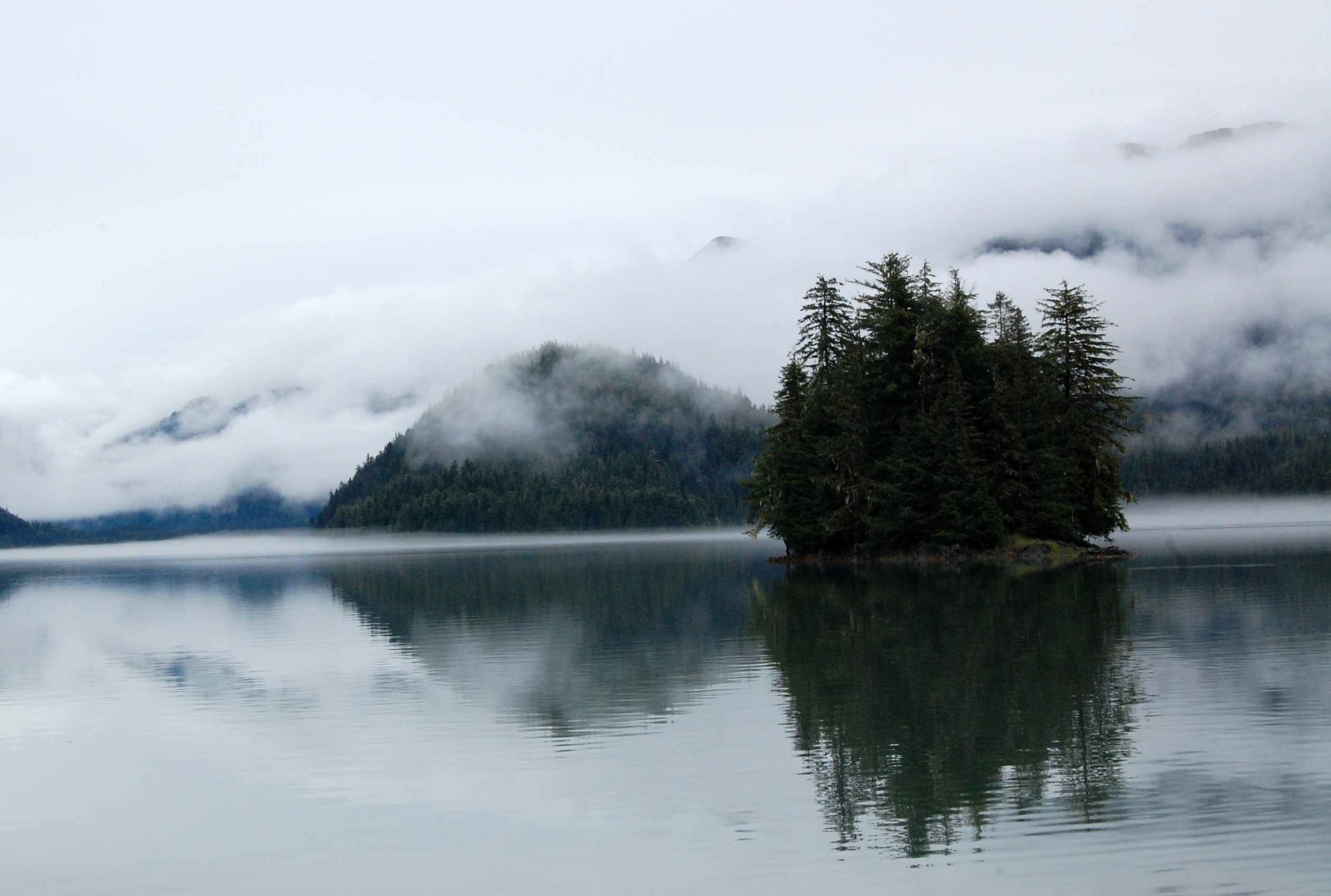
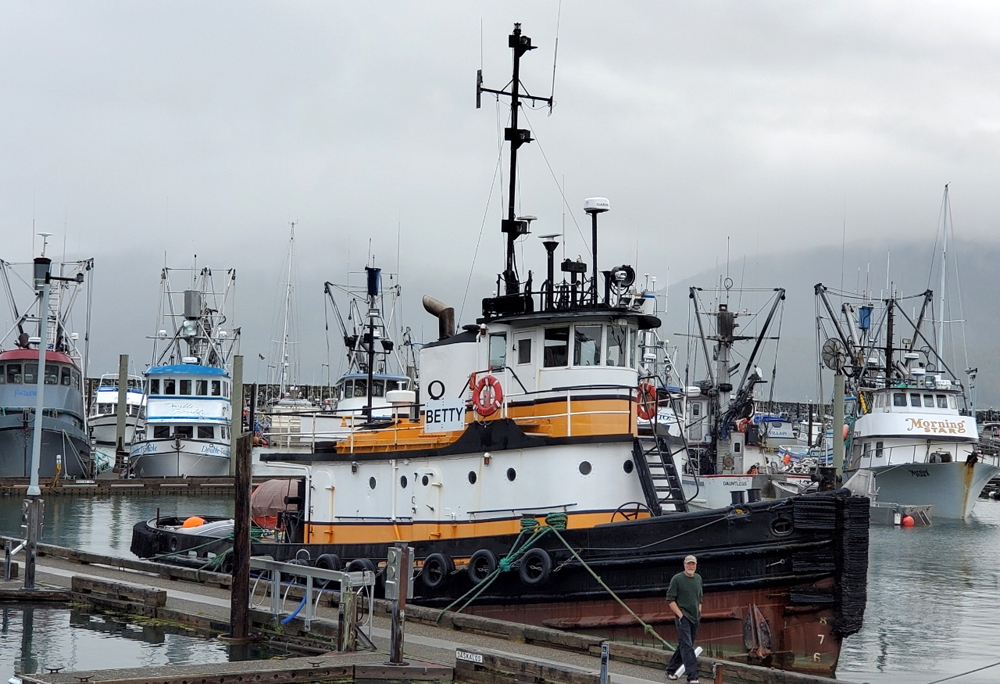
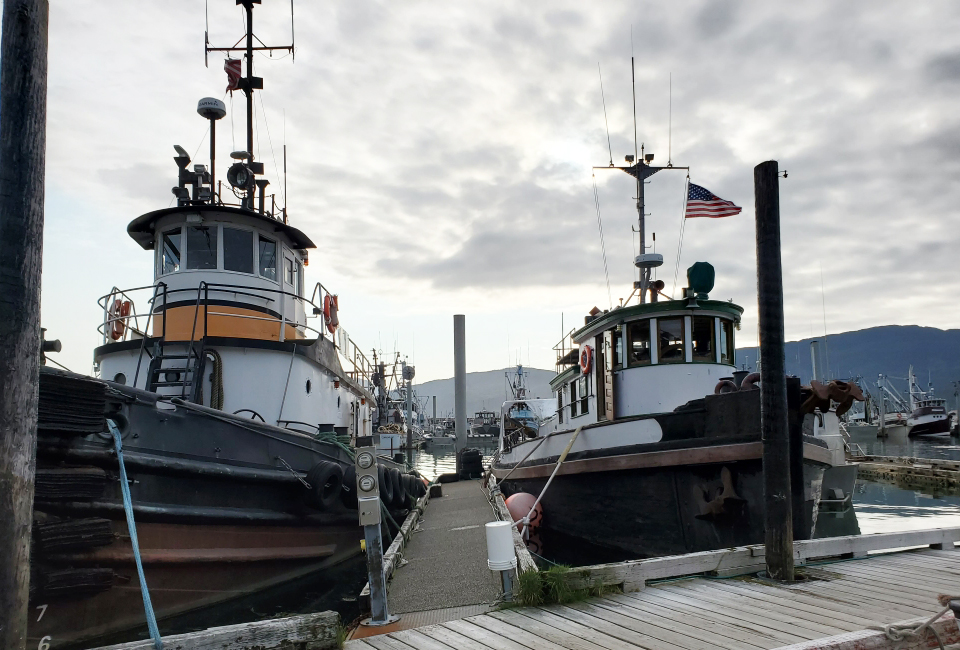
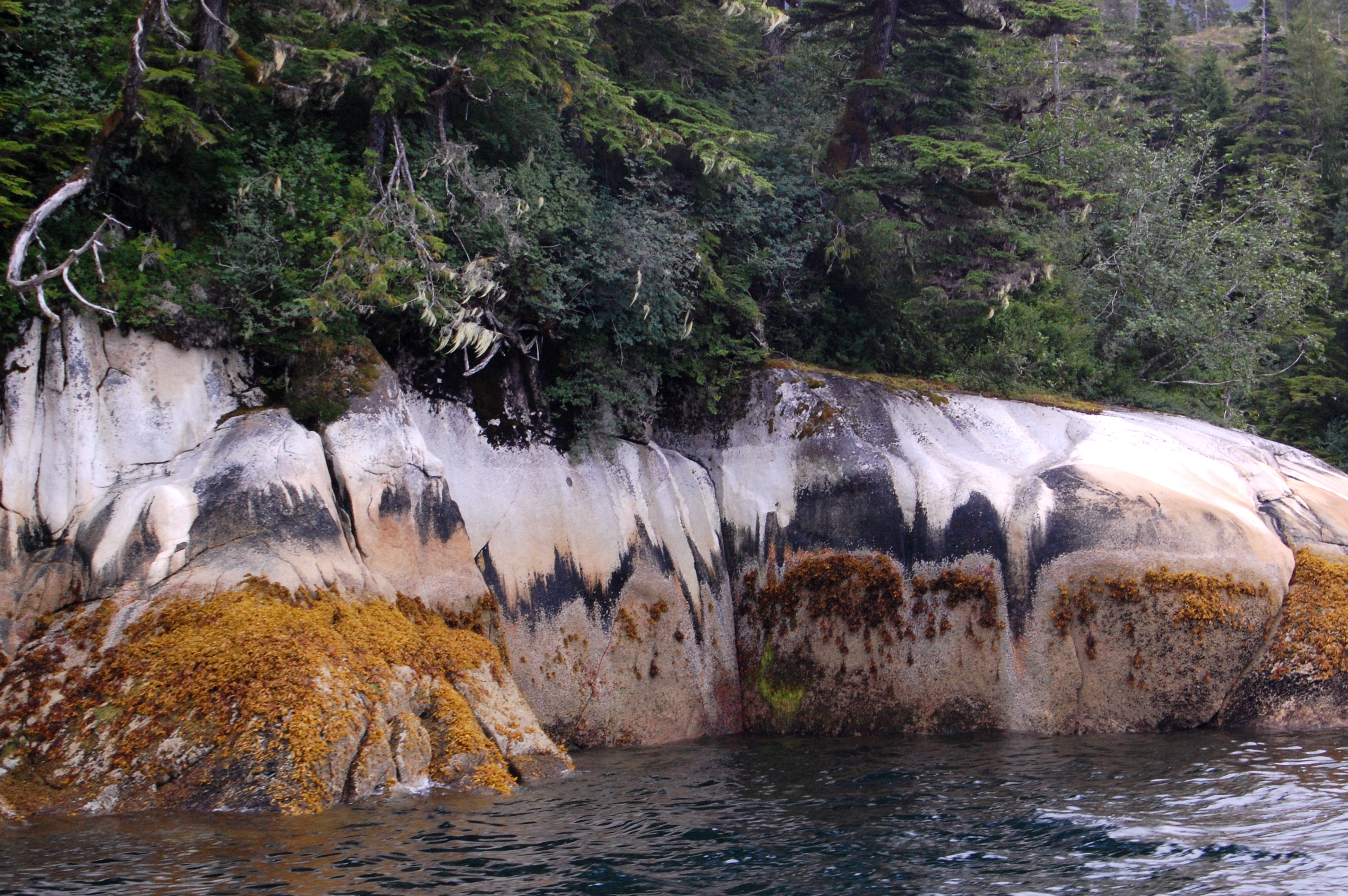
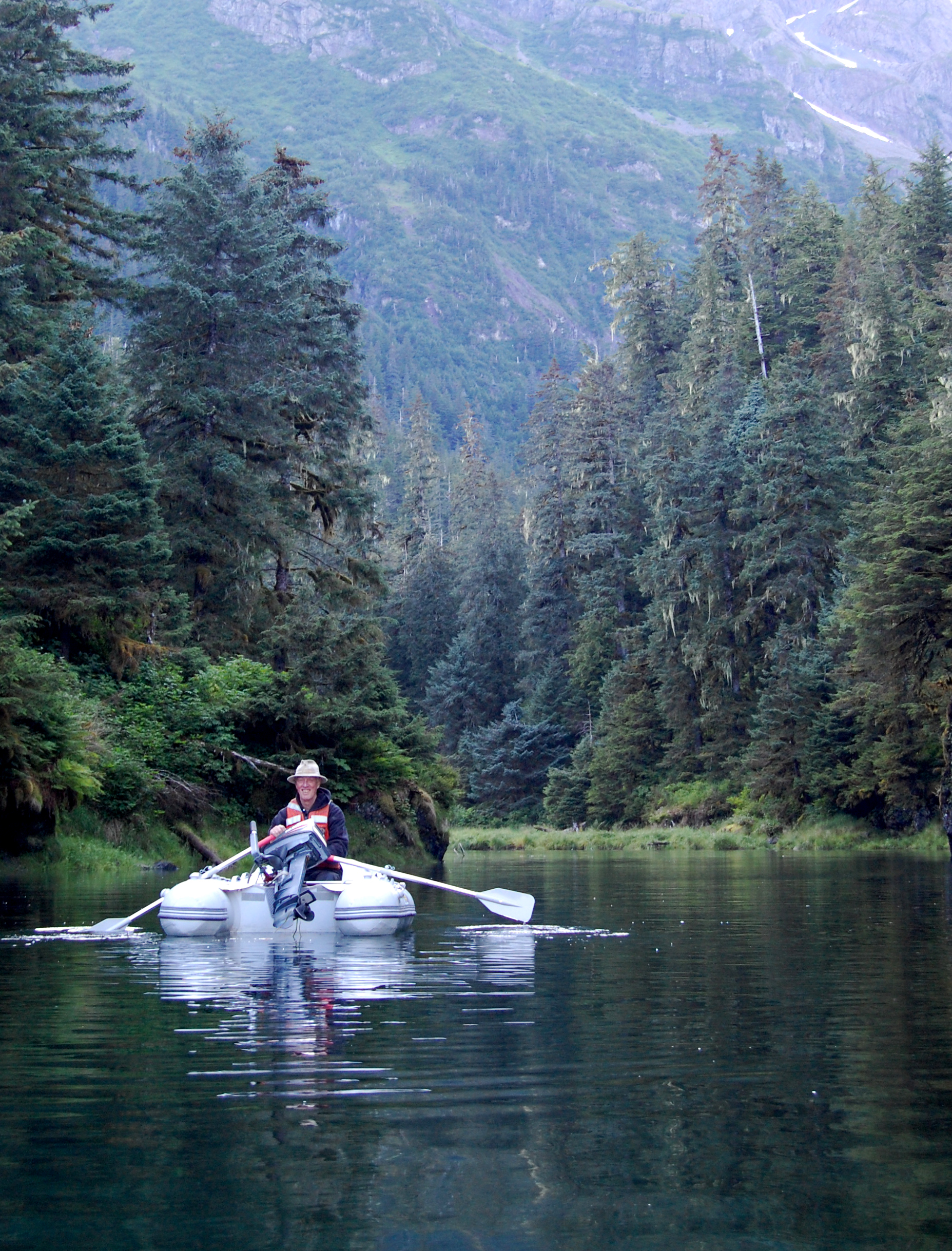
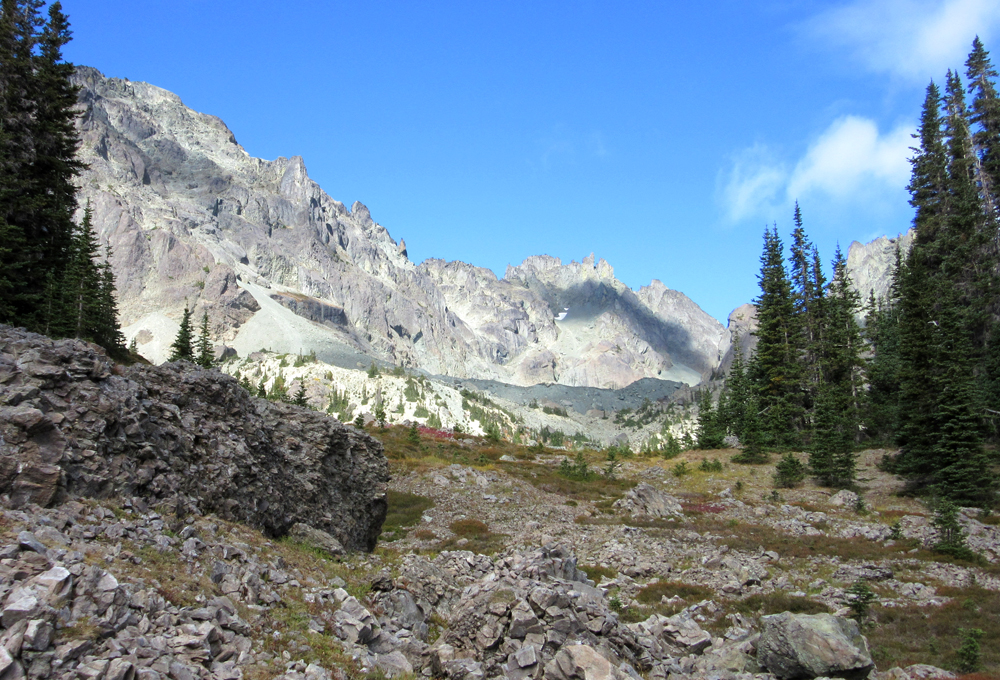
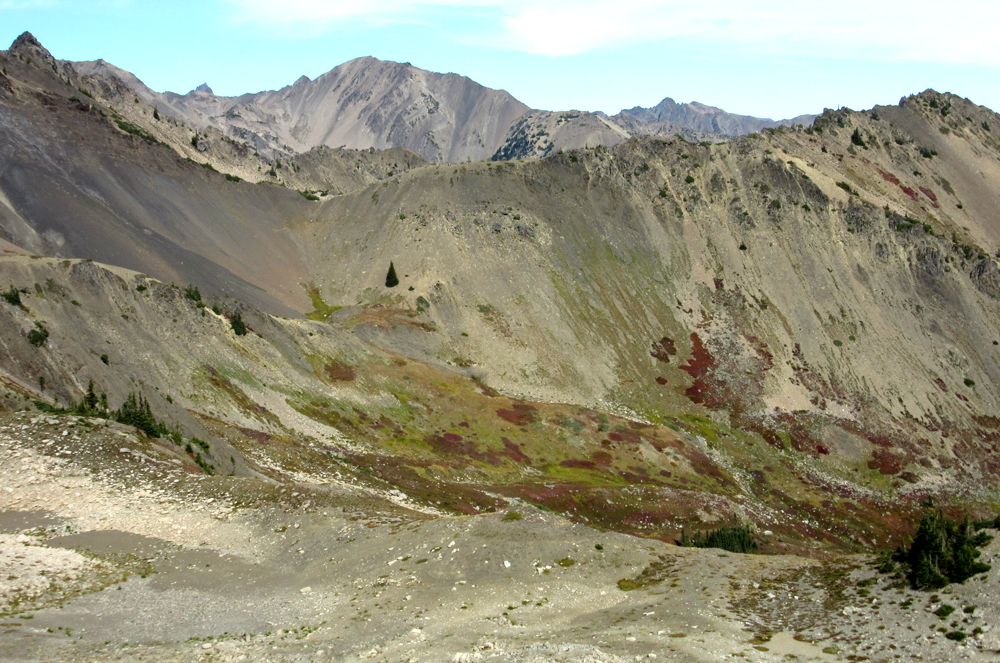
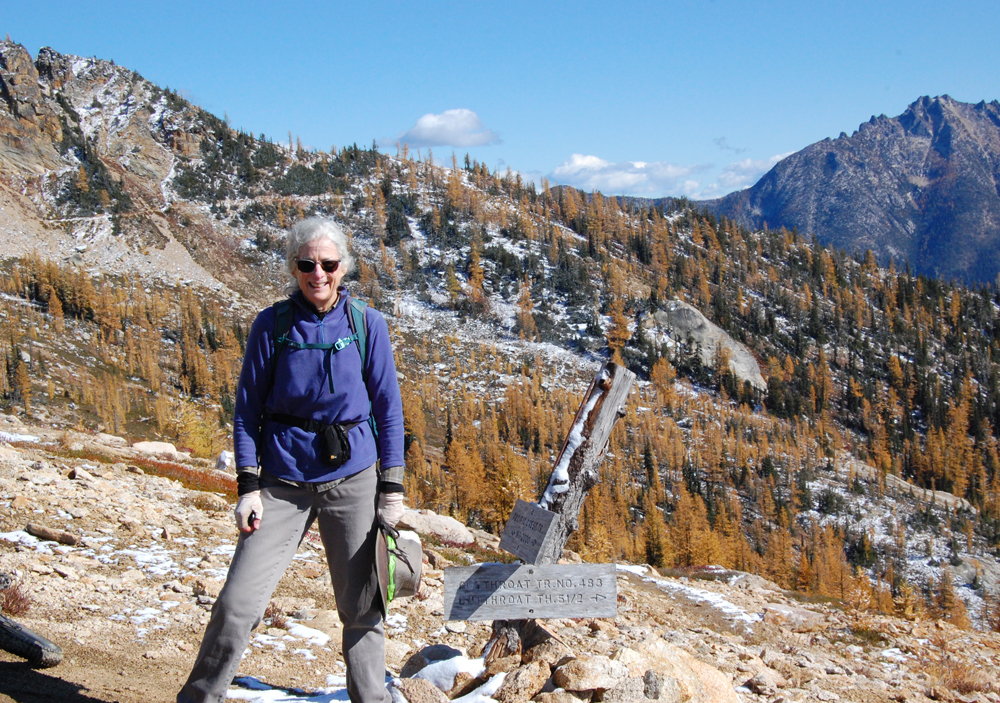
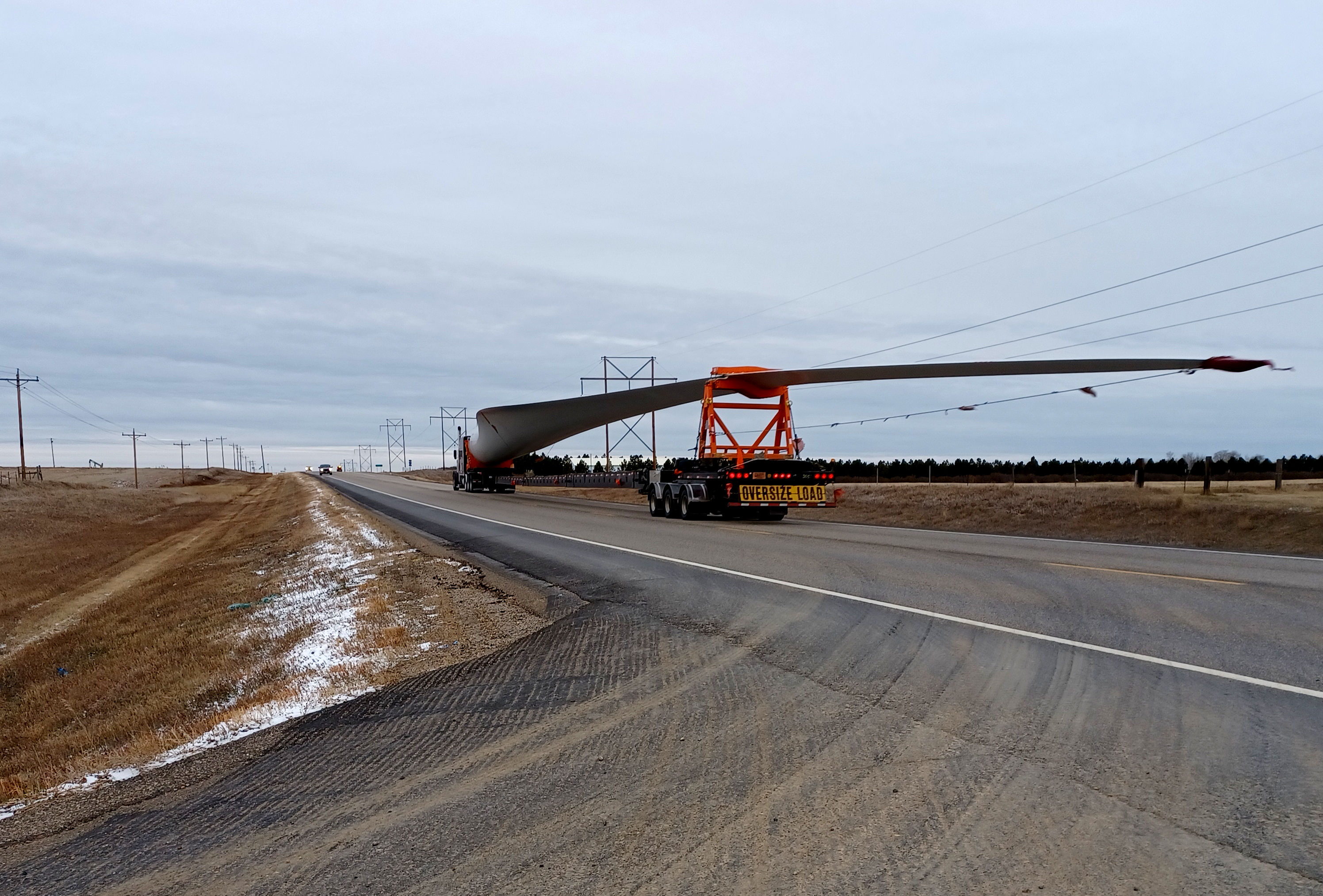
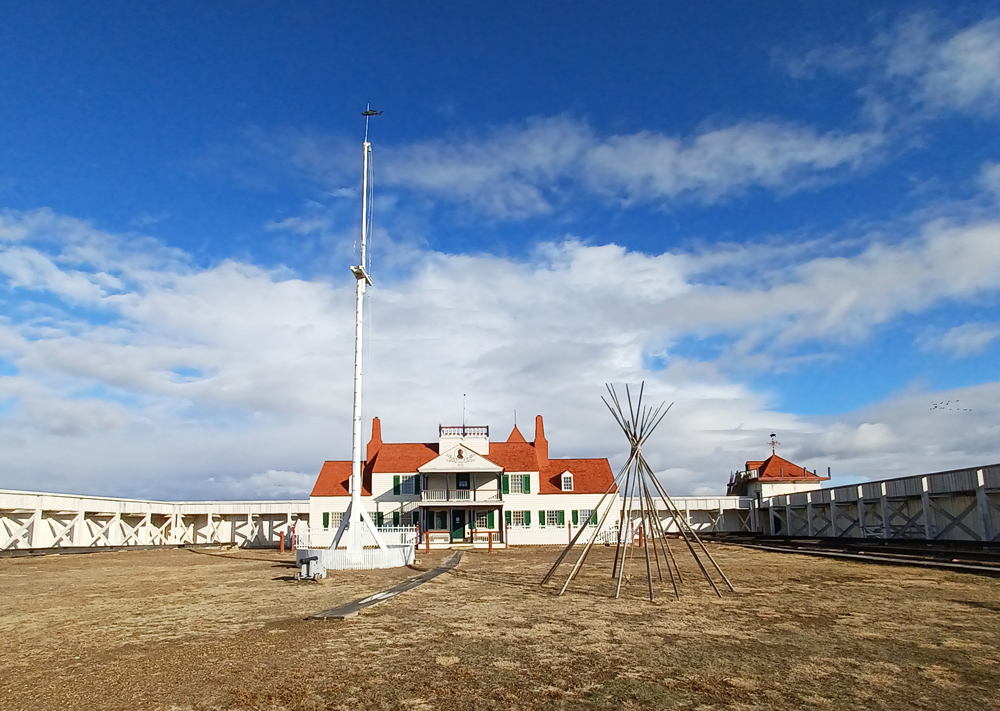
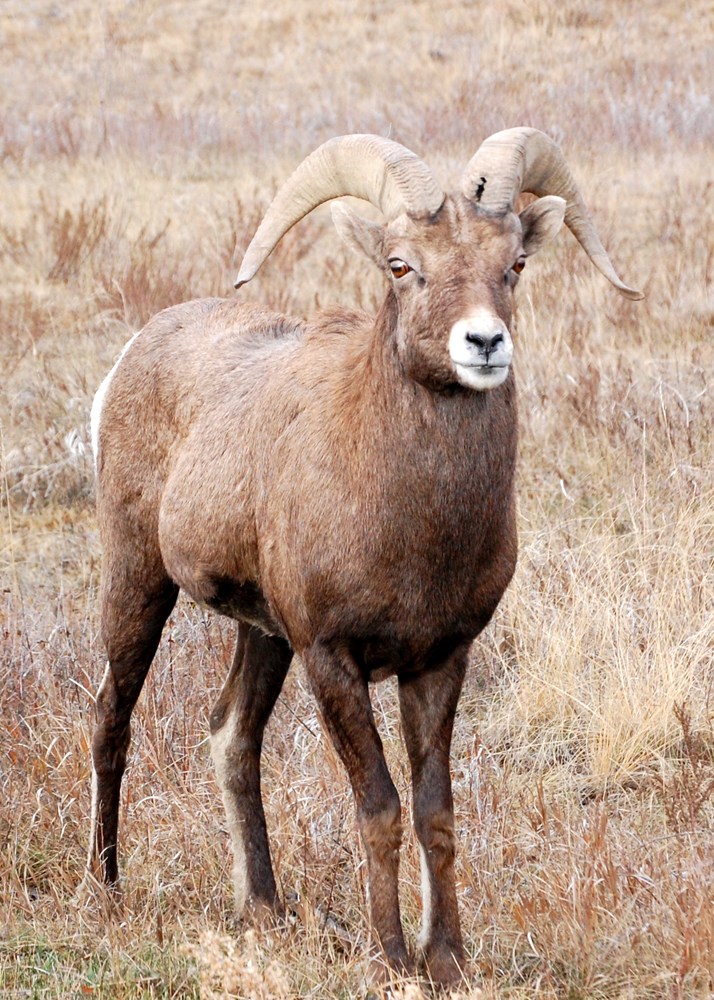

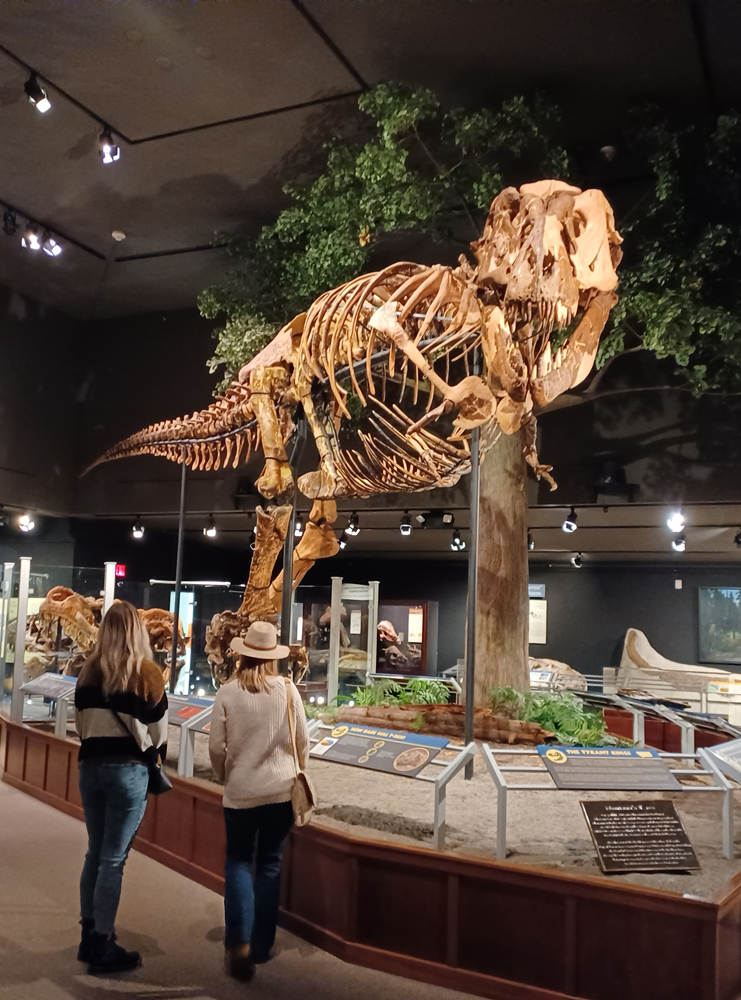

0 Comments:
Post a Comment
<< Home